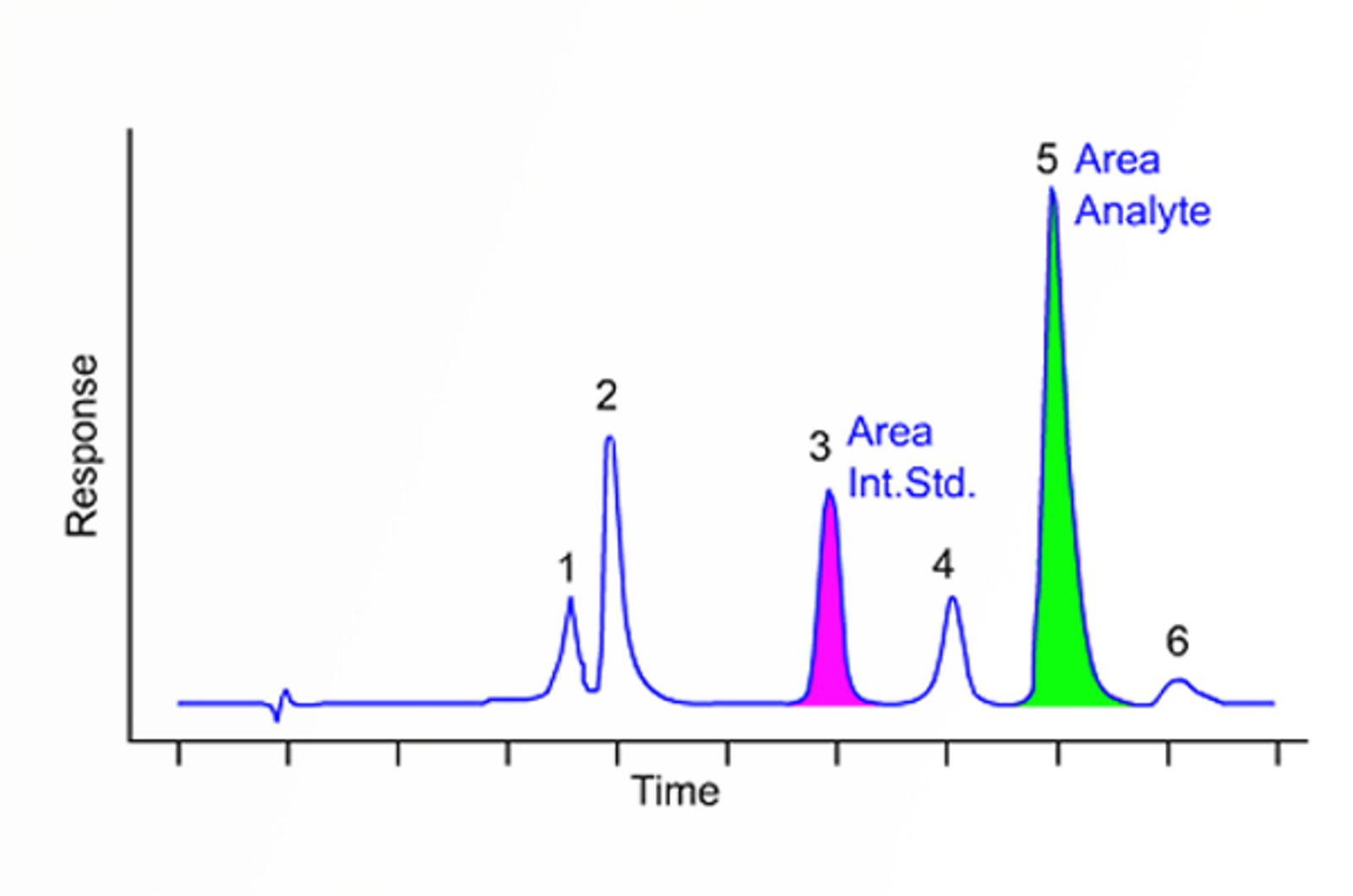Quantitative and Qualitative HPLC
Endorsed by

The aim of this module is to define quantitative HPLC and explain the information that can be derived from this type of HPLC analysis. We highlight the principles of peak identification and analyte characterization from a practical perspective. We also explain the use of peak height or area in quantitative calculations and investigate integration of chromatographic peaks. The use of calibration and calibration curves in quantitative HPLC is discussed, as well as the principles of single and multi-level calibration in quantitative analysis. The practical uses of external standard, internal standard and normalization methods of quantitative analysis will be investigated. Example calculations for various quantitative methods are outlined.
Upon completion on this section, you will be able to define qualitative HPLC and explain the information that can be derived from this type of HPLC analysis. you will also be able to define and explain the principles of peak identification and analyte characterization from a practical perspective.
Topics include:
- Qualitative analysis overview
- Peak identification and assignment
- Sample spiking
- Spectral peak identification
- Quantitative analysis overview
- Chromatographic requirements
- Peak integration
- Peak height or peak area
- Principles of quantitative analysis
- Area% and height % - normalization
- External standard quantitation
- Calibration curve
- External standard multi-level calibration
- Internal standard analysis
- Internal standard multi-level calibration

